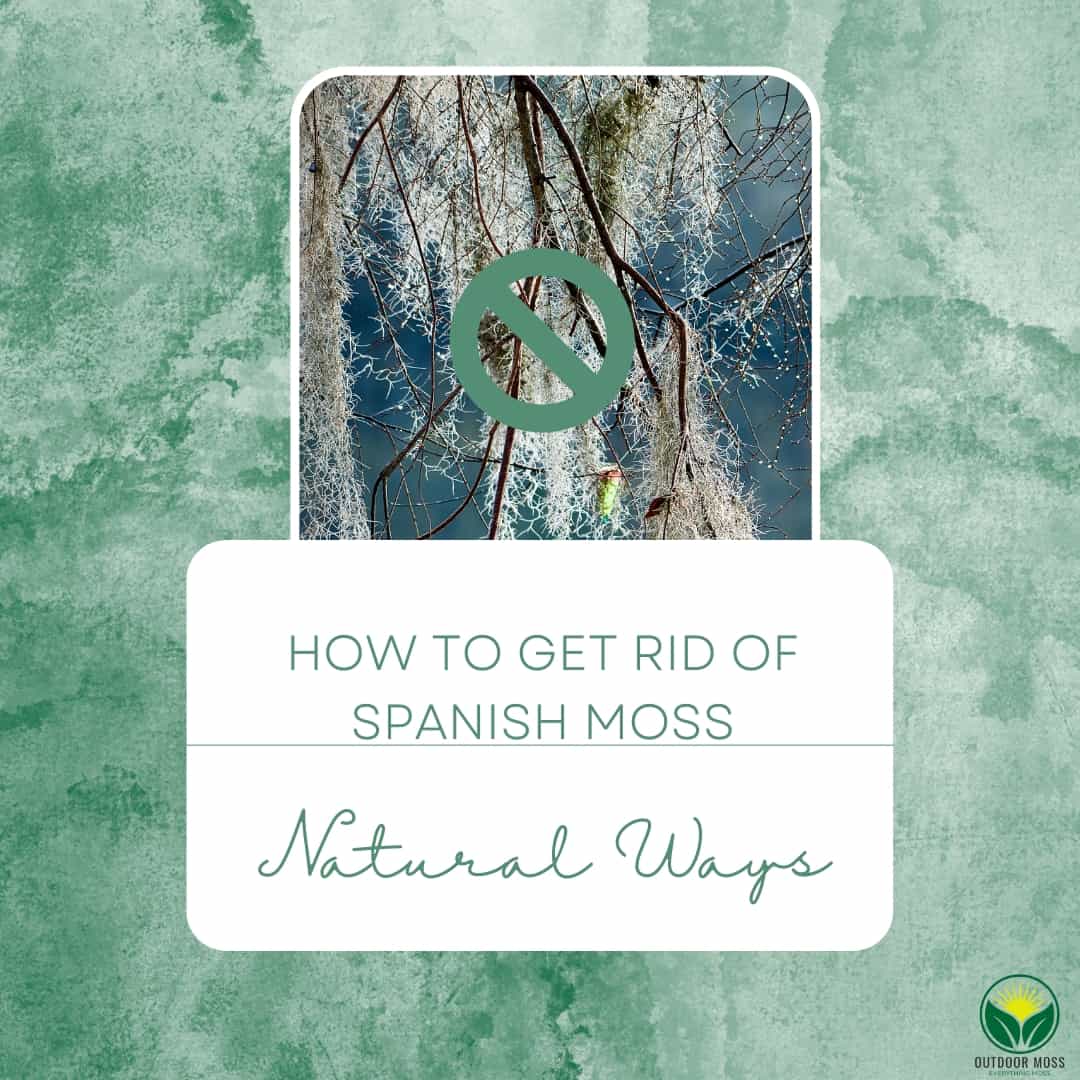
How to get rid of Spanish moss. The natural way to remove Spanish Moss
Read more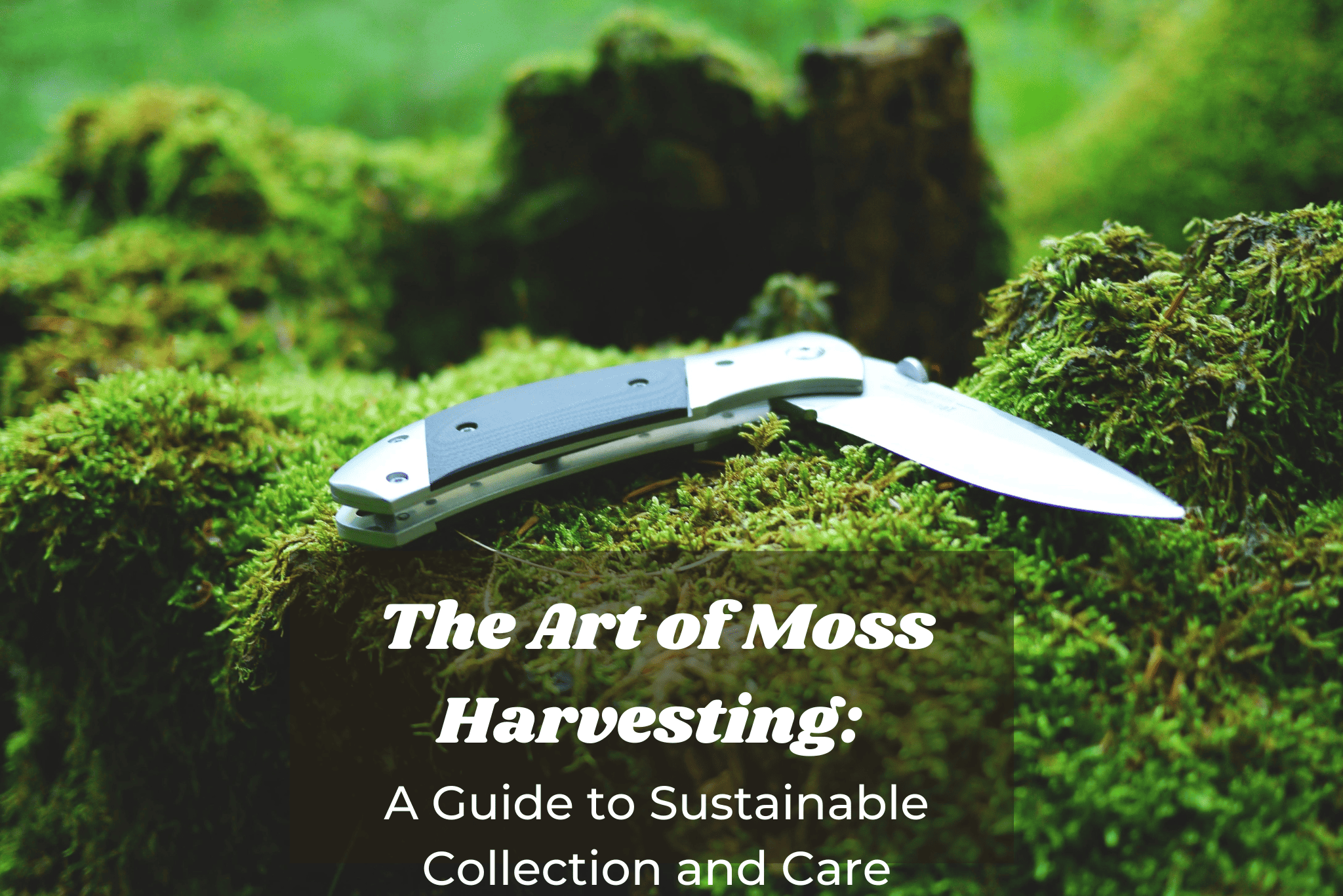
The Art of Moss Harvesting: A Guide to Sustainable Collection and Care
Read more
16 Benefits For Having A Moss Ball In An Aquarium
Read more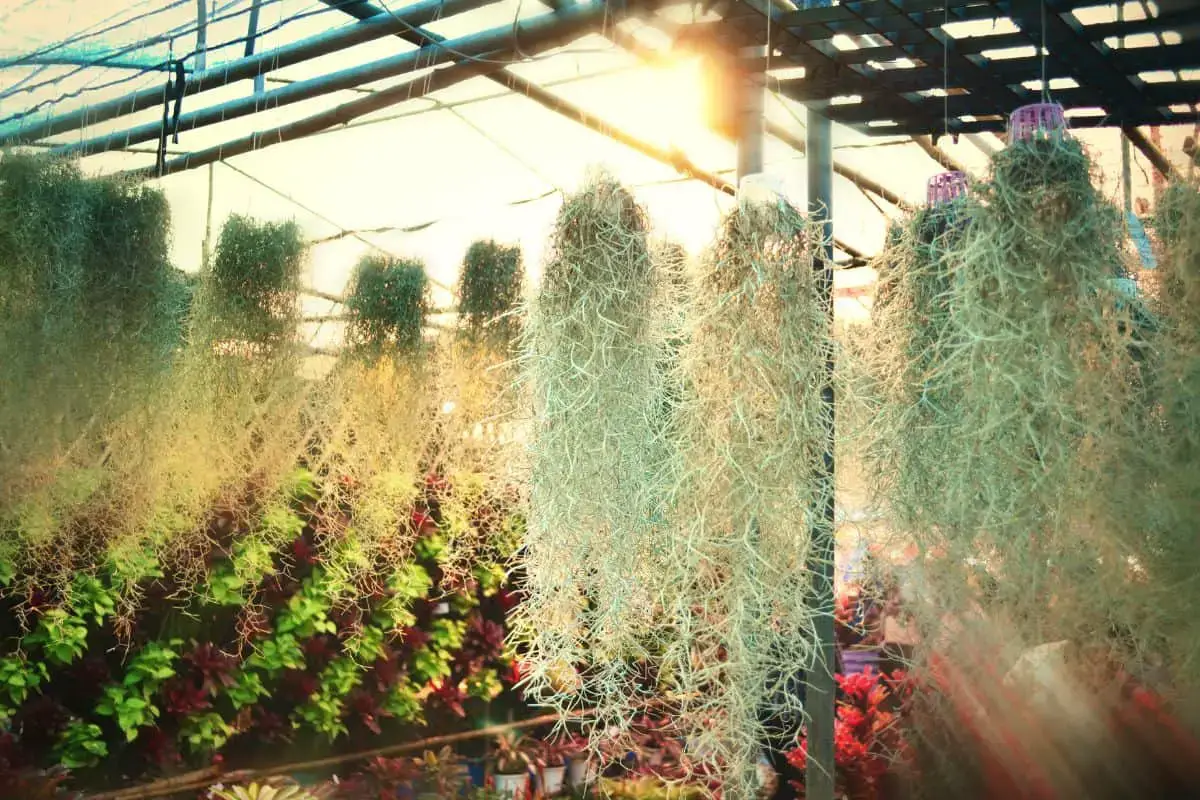
Is Your Spanish Moss Turning Brown? Here’s Why!
Read more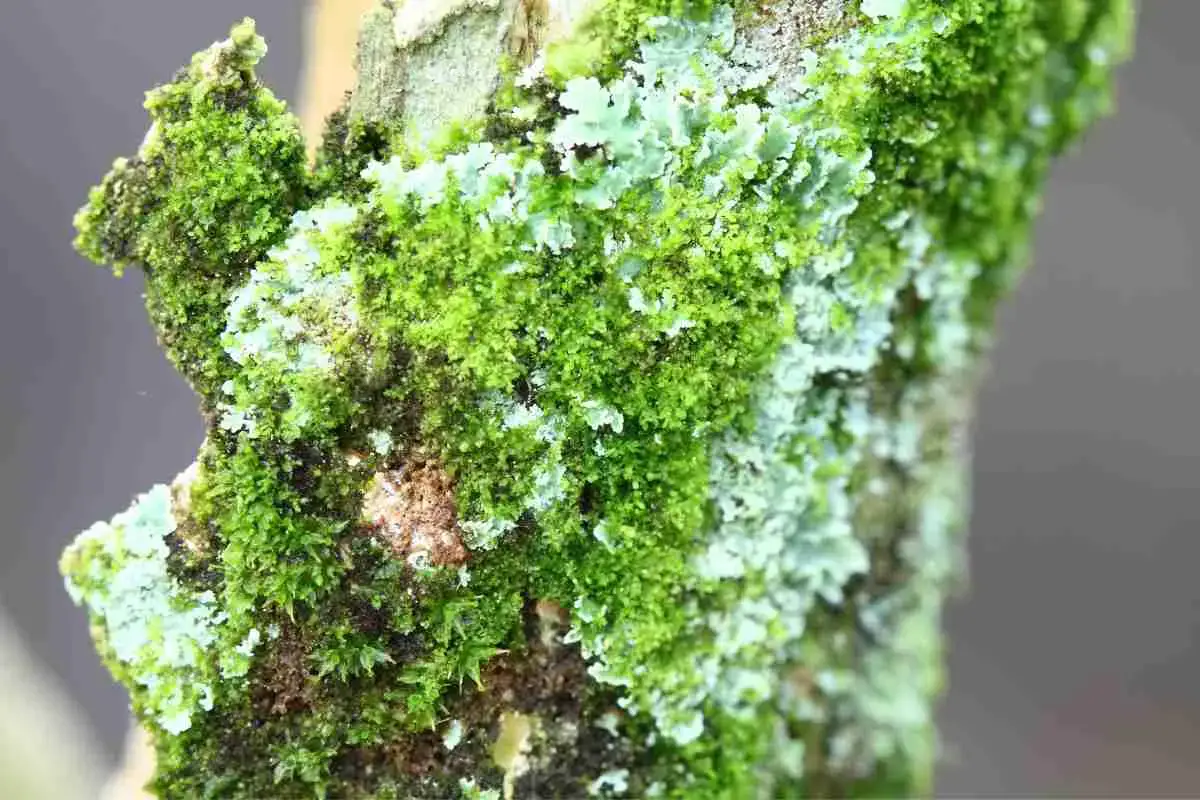
What Do Lichens Eat?
Read more
Does Moss Need Sunlight?
Read more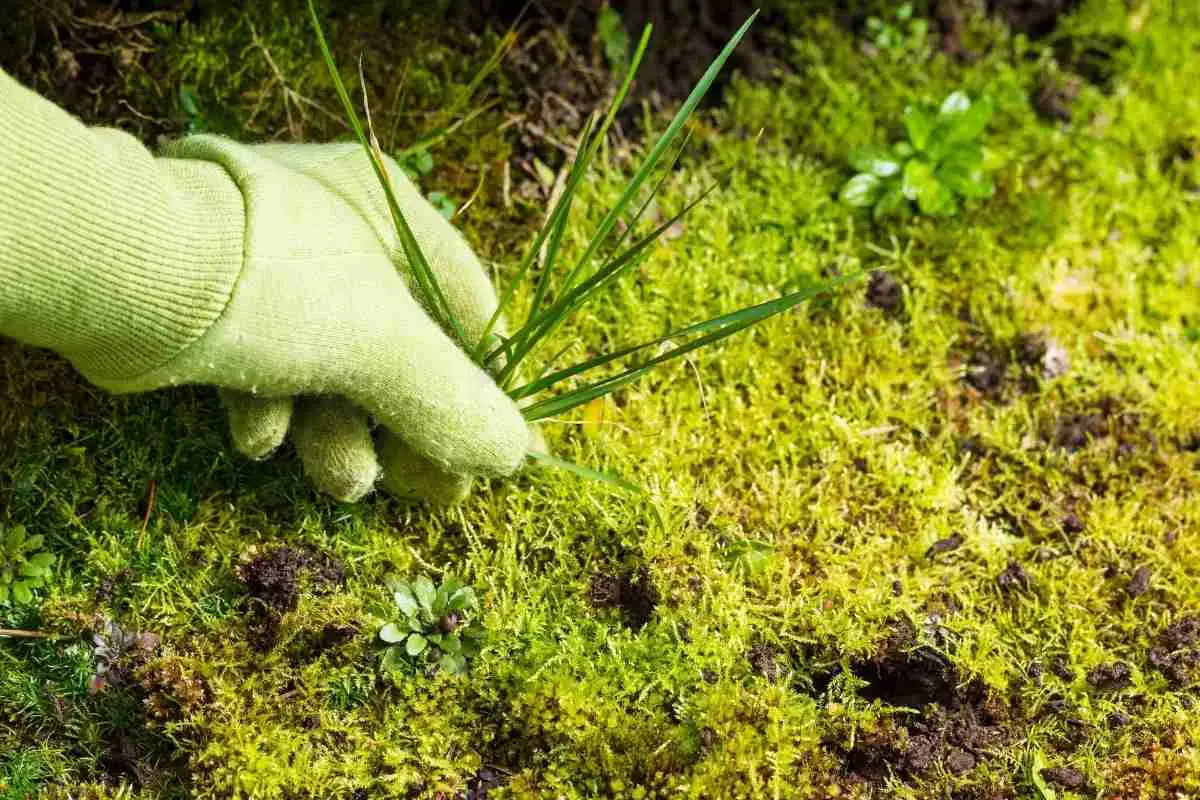
8 Simple Tips For Keeping Moss Alive!
Read more
What Does Algae Eat? Algae’s Unique Eating Habits
Read more
Supporting Your Monstera: The Best Moss Poles for Your Climbing Plants
Read more
Does Moss Need Soil? Detailed Guide
Read more
Can Moss Grow Underwater? List & Benefits
Read more